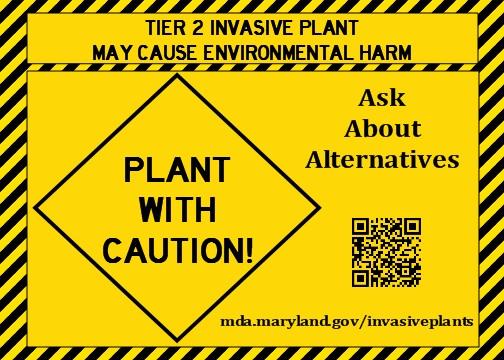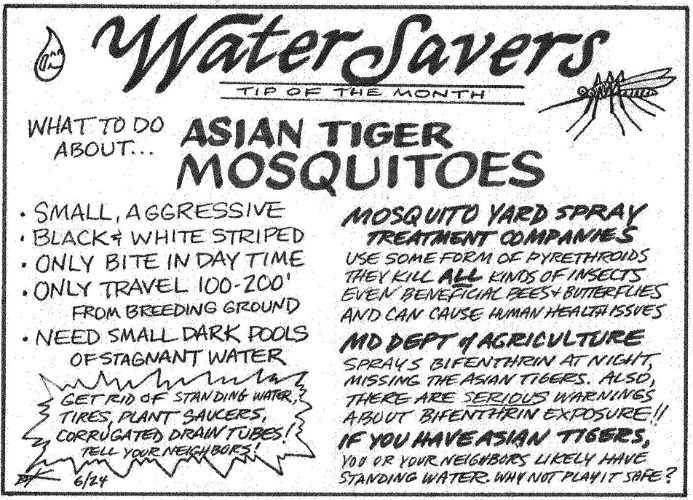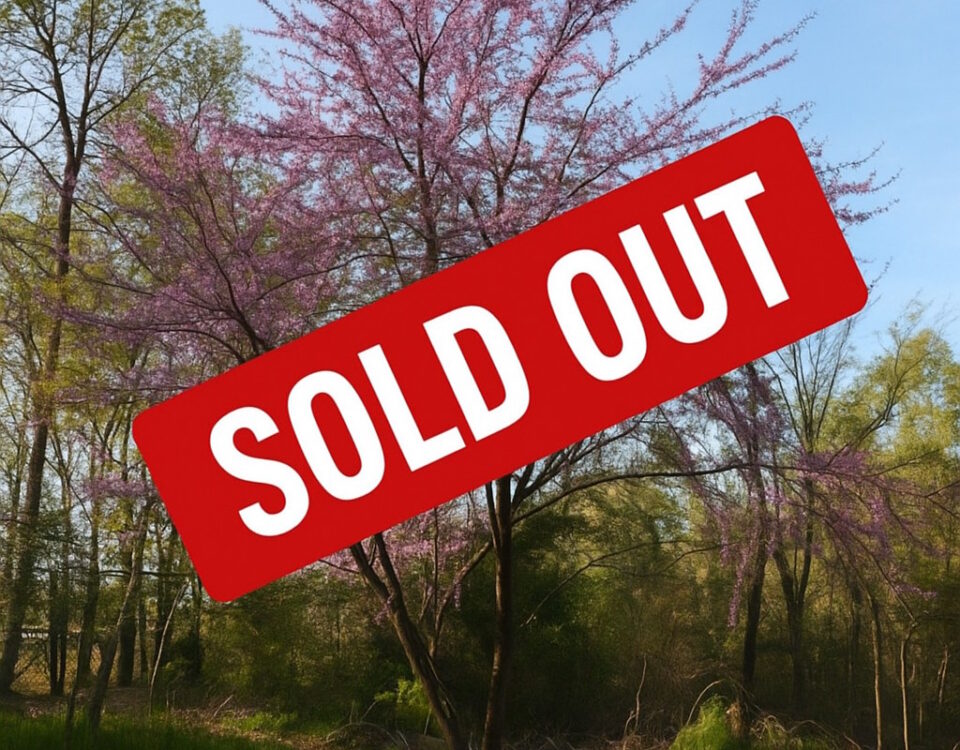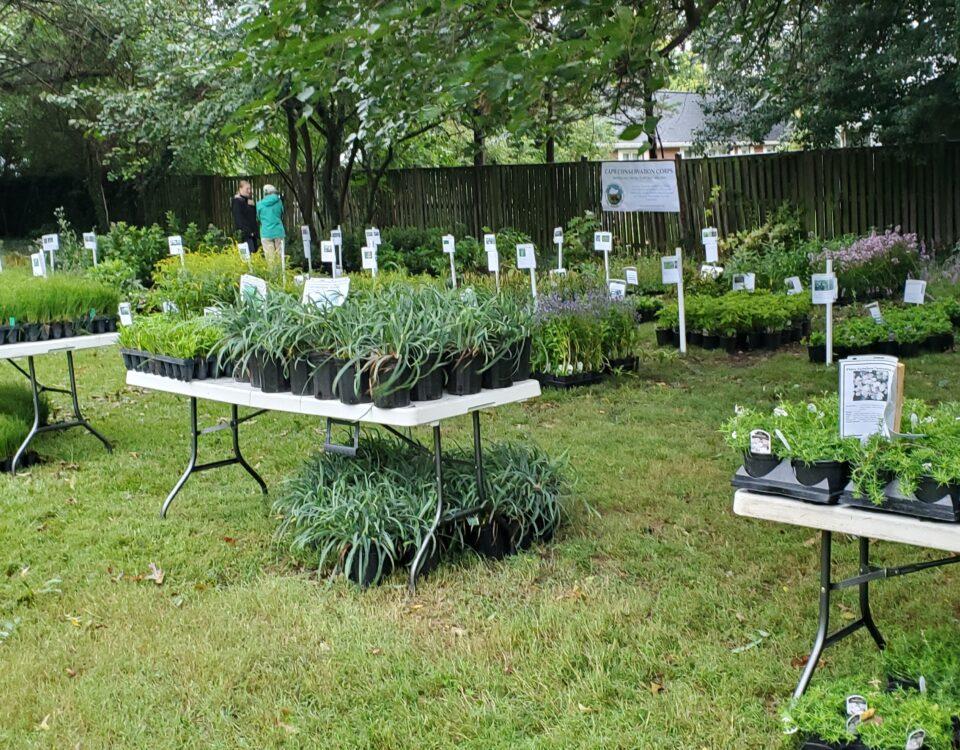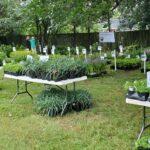
Year in Review for CCC 2023
November 16, 2023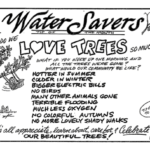
The Champion Trees of Cape St. Claire Update December 2023
January 8, 2024By Phil Ourisson
I recently attended part of a webinar on invasive plants. I decided to share some of the things that I learned.
We have several laws in Maryland regulating what can and cannot be done with invasive plants. A number of the restrictions apply to the sale of some plants. In particular, we know that a number of plants that Cape Conservation Corps tries to control in the Cape are still sold to nurseries, and recommended by landscapers.
However, here is a list of the plants that are not allowed to be propagated, imported, transferred, sold, purchased, transported, or introduced, in Maryland:
| Species Name | Common Name | Origin |
| Corydalis incisa | Incised fumewort | Japan, China, Korea, Taiwan |
| Euonymus fortunei | wintercreeper | China, Korea, Philippines, Japan |
| Ficaria verna | fig buttercup or lesser celandine | Europe, West Asia |
| Geranium lucidum | shining geranium | Europe, West Asia, North Africa |
| Iris pseudacorus | yellow flag, pale yellow iris, water flag | Europe, West Asia, North Africa |
| Lonicera maackii | Amur honeysuckle | China, Korea, Siberia |
Some other plants , while allowed to be sold, must be labeled with a sign that states (see image above) that it is an invasive plant, warning the buyers to reconsider. And when your landscaper recommends this plant and buys it for you to install in your yard, you also should be notified. Here they are:
| Species Name | Common Name | Origin |
| Aralia elata | Japanese angelica tree | Japan, Korea |
| Berberis thunbergii | Japanese barberry | Japan, East Asia |
| Cytisus scoparius | Scotch broom | Europe |
| Euonymus alatus | Burning bush or winged euonymus | China, Japan, Korea |
| Ligustrum obtusifolium | border privet | China, Japan, Korea |
| Nandina domestica | Nandina, sacred bamboo | East Asia |
| Phyllostachys aurea | golden bamboo | China |
| Phyllostachys aureosulcata | yellow groove bamboo | China |
| Pyrus calleryana | Callery pear | China, Vietnam |
| Tetradium daniellii | bee bee tree | Korea, Southwest China |
| Wisteria floribunda | Japanese wisteria | Japan |
| Wisteria sinensis | Chinese wisteria | China |
| Wisteria x Formosa | floribunda x sinensis hybrid | hybrid |
But the two bamboo species on this list have been further restricted this year. The State of Maryland now allows individual counties to regulate bamboo, including prohibiting its sale, planting, or allowing it to grow on another property without appropriate containment (barriers or trenches). At this time, it does not appear the Anne Arundel County has regulated bamboo.
There is another list yet, that of noxious weeds. While these are typically not sold or planted deliberately, the State of Maryland requires that these weeds not be allowed to produce seed. Currently, the list is noxious weed includes seven species:
| Species Name | Common Name |
| Cirsium vulgare | Bull thistle |
| Cirsium arvense | Canada thistle |
| Carduus acanthoides | Plumeless thistle |
| Carduus nutans | Musk thistle or Nodding thistle |
| Sorghum halepense | Johnsongrass |
| Sorghum bicolor | Shattercane |
| Amaranthus palmeri | Palmer amaranth |
| Amaranthus tuberculatus | Tall waterhemp |
What has been a surprise to many attendees was that some of the invasives that we have battled in the Cape are not listed; I am thinking of English ivy (Hedera helix), Bushkiller (Cayratia japonica), Multiflora rose (Rosa multiflora) and Phragmites (Phragmites australis). Of these, the first three are on a list of “additional plants to consider” (I expect, maybe to be added to the first two lists), but Phragmites is not even listed. Plants we see often in nurseries that are also “plants to consider” include Japanese honeysuckle (Lonicera japonica), Leatherleaf mahonia (Mahonia bealei) common periwinkle (Vinca minor) orange-eye butterfly bush (Buddleja davidii) and I am sure that Stacey would find many more on this list that she would want to control… So, here is the entire list of “additional plants to consider”.
| Species Name | Common Name |
| Acer platanoides** | Norway maple |
| Aegopodium podagraria** | goutweed |
| Akebia quinate** | chocolate vine |
| Albizia julibrissin** | mimosa or silktree |
| Arthraxon hispidus** | small carpetgrass |
| Arum italicum** | Italian arum |
| Berberis vulgaris** | common barberry |
| Broussonetia papyrifera** | paper mulberry |
| Buddleja davidii** | orange-eye butterfly bush |
| Cayratia japonica | bushkiller |
| Cenchrus purpurascens | Chinese fountain grass |
| Clematis terniflora** | sweet autumn clematis |
| Cynanchum louiseae | black swallow-wort |
| Dioscorea polystachya** | Chinese yam, cinnamon vine |
| Dolichandra unguis-cati | cat’s claw vine |
| Elaeagnus umbellata** | autumn olive |
| Epipactis helleborinus** | broadleaf helleborine |
| Glechoma hederacea** | ground ivy |
| Hedera helix** | English ivy |
| Hemerocallis fulva** | common daylily |
| Hesperis matronalis** | Dame’s rocket |
| Humulus japonicus | Japanese hop |
| Hyacinthoides hispanica** | Spanish bluebells |
| Imperata cylindrica * | cogongrass |
| Imperata cylindrica ‘Red Baron’ * | Japanese bloodgrass |
| Kalopanax septemlobus** | castor aralia |
| Kunzea ericoides | kanuka, white tea-tree |
| Lamium galeobdolon** | yellow archangel |
| Lespedeza cuneata** | Chinese lespedeza |
| Leucojum aestivum** | summer snowflake |
| Ligustrum ovalifolium** | garden privet |
| Ligustrum sinense | Chinese privet |
| Ligustrum vulgare | European privet |
| Lonicera japonica** | Japanese honeysuckle |
| Lonicera morrowii** | morrow’s honeysuckle |
| Lythrum salicaria** | purple loosestrife |
| Mahonia bealei** | leatherleaf mahonia |
| Miscanthus sinensis** | Chinese/Japanese silvergrass |
| Morus alba** | white mulberry |
| Murdannia keisak** | marsh dewflower |
| Ornithogalum nutans** | nodding star of Bethleham |
| Ornithogalum umbellatum** | common star of Bethleham |
| Paulownia tomentosa** | Empress tree, Princess tree |
| Pennisetum setaceum rubrum | purple fountain grass |
| Perilla frutescens** | beefsteak plant |
| Phellodendron amurense** | Amur cork tree |
| Phyllostachys bissetii** | Bisset bamboo |
| Pseudosasa japonica** | arrow bamboo |
| Quercus acutissima** | sawtooth oak |
| Rhodotypos scandens** | Jetbead |
| Ripidium ravennae** | ravenna-grass |
| Rosa multiflora** | multiflora rose |
| Rubus phoenicolasius** | wineberry |
| Spiraea japonica** | Japanese meadowsweet |
| Triadica sebifera | Chinese tallow |
| Urtica dioica** | European stinging nettle |
| Viburnum dilatatum** | linden viburnum |
| Viburnum plicatum** | Japanese snowball |
| Viburnum plicatum var. tomentosum** | double-file viburnum |
| Viburnum setigerum** | tea viburnum |
| Viburnum sieboldii** | Siebold viburnum |
| Vinca minor** | common periwinkle |
Just remember that nobody’s perfect, and that we probably have planted some of these ourselves (oh, no!), or found them in our yard. We only do what we can. I know I have be guilty of planting Nandina (before it appeared on the list), and Periwinkle, before I was aware of these plants being an issue. And I am proud to have removed and eradicated some other invasives in my yard (Bamboo, English ivy, and Wisteria.) Let’s all give ourselves a pat on the back !


